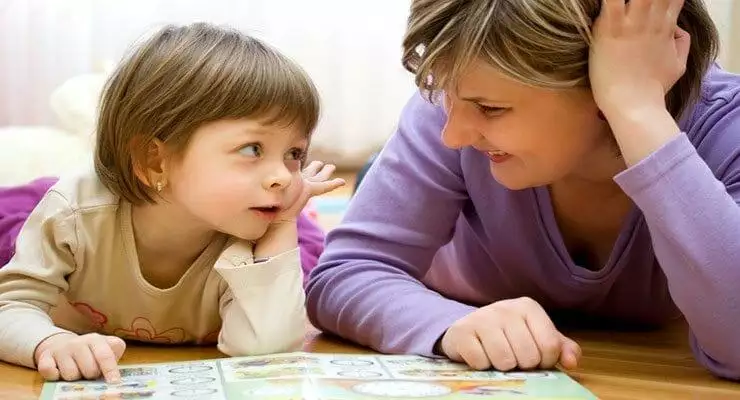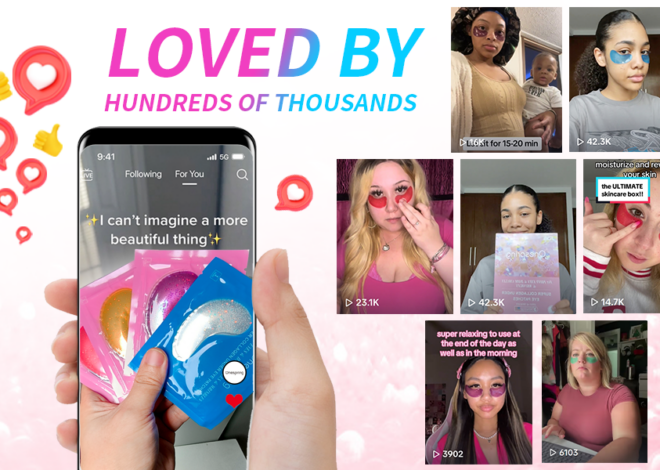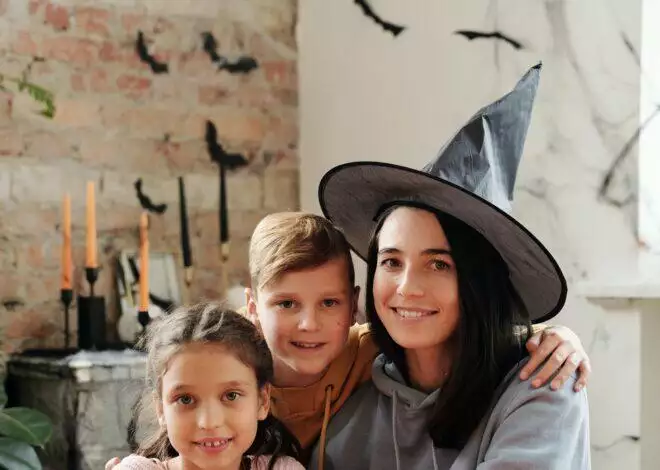By kindergarten most schools recommend (or require) that children read for at least 20 minutes every night. With benefits like positive self esteem, increased vocabulary, enhanced creativity, increased attention spans, and higher cognitive abilities*, it is no wonder why teachers and schools are placing such an emphasis on reading. I was a learning specialist in NYC for nearly 20 years and one thing I learned was that children establish a positive or negative self concept of their academic abilities very early. Having come across far too many 5 year olds that had already established that they weren’t smart, didn’t like books and had a negative view of learning and school, I realized we must make it a priority to begin teaching our children the joys of reading and learning before they are school age. Science tells us that 90% of brain development happens before the age of 5! So how can we make books and learning appealing in our own homes before our kiddos head off to school? Here are 5 tips to get early learning and reading off to great start.
1. Appeal to as many senses as possible
When reading with your children, make it dynamic! Sing, explore different voices for characters, make animal sounds, use your hands and facial expressions to bring the story to life. The National Reading Association acknowledges the benefits of using sign language when teaching reading and recommends using it as a reading aid for hearing children. Neurologically this makes perfect sense, reading and sign language are both processed in the right side of the brain. Children have many learning styles and preferences, presenting reading accompanied with a variety of auditory, visual and tactile stimuli ups the chances of children connecting with the reading process.
2. Create positive associations with reading
We all gravitate toward things that bring us pleasure. Reading time becomes pleasurable when it is linked to other things that are desirable. How do you do this? Snuggle in, get cozy, spend focused one-on-one time with your child and a book. Children will begin to associate books with this loving feeling. As your child continues to grow praise them for their reading, keep a book chart and reward them when they have read a certain number of books. Raising a joyful reader will benefit your child in school and these benefits will extend well past their academic life.
3. Focus on what they DO know
When reading with your babies and toddlers, allow them to participate by asking them things like “Where is the tree?” “ Can you point to the red apple?” “What sound does a cow make?” Rather than being passive listeners, your babies and toddlers become active participants in the reading process. As they get older, you can make questions more advanced like, “Can you find the letter P?” or “What sound does an F make?” Eventually, as your child begins picking up sight words, allow them to read when you come across words they know. This system of focusing and drawing out what they DO know is empowering and engaging for your child.
4. Follow along with your index finger
When reading to your early readers, trail your finger underneath the words as you read. Children pick up a tremendous amount of language whether spoken or written through observation and exposure. By doing this, you allow your child to follow along word for word as you read, they begin to recognize words and pick up patterns of language.
5. Be a role model set time aside for reading
As we all can attest, children model everything we do (good and bad!) So go ahead, put down your phone and pick up a book- you AND your child will be better off for it!
*Raise Smart Kid
Shelby Luke Rideout is the creator of Bright Signs Learning™, the award-winning multi-sensory program designed to inspire children ages 0 to 4 to read by uniting sign language and gesturing with early reading concepts. As mother of four and professional sign language expert with credentials in education (Vanderbilt University) and sign language (Pierce College), Shelby has firsthand knowledge of the many benefits sign language has on early learning. In 2012, she began making her own educational home videos in her basement, teaching each of her own children to use sign language to communicate, identify letters, and even read by the age of 2. To learn more, visit www.brightsignslearning.com or follow Bright Signs Learning on Facebook, YouTube, Instagram, Twitter, Pinterest and Instagram.





